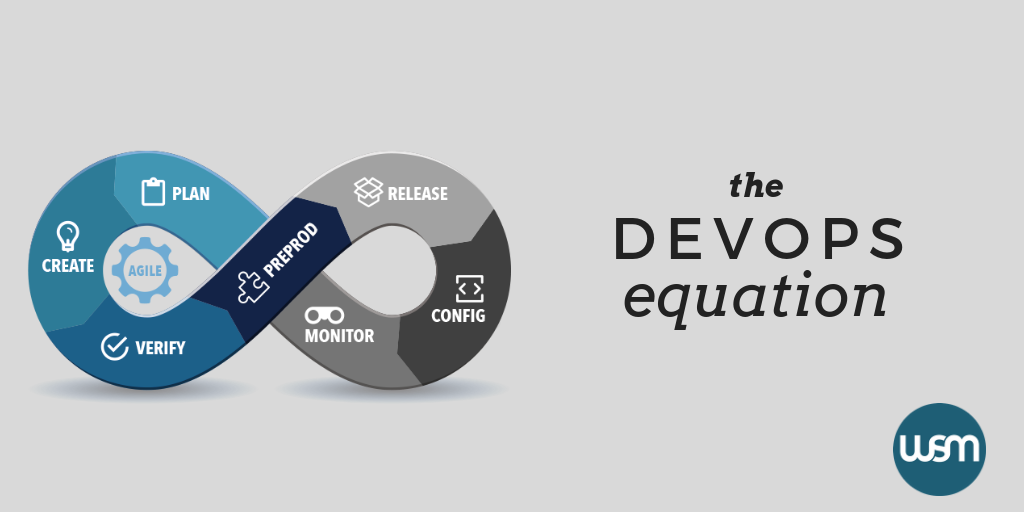D = Q x A
One of the most fundamental misunderstandings of implementing a DevOps methodology in an organization is that the most critical component is tooling (DevOps toolchain). On some level, this belief makes sense; after all, DevOps relies heavily on automation, and automation relies heavily on having the right tools in place. So, what is the issue?
In reality, a focus on tools is destined to fail. Why? Because of the DevOps Equation. The DevOps Equation tells us that DevOps Success = Quality x Acceptance. Therefore, you could have a perfectly designed solution, but if it isn’t accepted by all of the stakeholders, then it is not going to be of much value to the organization, and it will eventually fail.
How do you overcome this? The DevOps equation highlights the importance of Organizational Change Management (OCM). OCM is the process of aligning the people within the organization to both accept and function within the newly adopted methodology. If both the executive sponsor and the rank and file do not believe in the objectives of the program, then you stand little chance of being successful.
How can this be overcome? The first step is to an engage an organization like WSM that is skilled in OCM. There are always going to be detractors to any large program such as implementing DevOps practices, but the trick is to Collaborate, Co-opt, Communicate.
The DevOps Equation Step 1: Collaborate
Any program that will have a significant change in the way a company does business will cause anxiety. Embracing a DevOps methodology is no different. By making the program an open process with participation from all stakeholder organizations, you increase the chances that the program will be viewed positively.
The DevOps Equation Step 2: Co-opt
To that end, it is a lot easier to be against a program that you are not a part of. One inventive strategy is to take the biggest detractors and give them key roles in the program. This accomplishes a few different things. First, it makes the person feel like their voice is being heard since he or she is at the center of major decisions. Secondly, most people have a desire to do good work, and if they are put in charge of a workstream, it will be much more difficult for them to work against that workstream. Finally, detractors often are motivated by fear, and by being on the inside, they have a very good understanding of what is going to happen and what the benefits will be.
The DevOps Equation Step 3: Communicate
Big changes require a lot of communication. Periodic town halls, weekly email newsletters, and other similar tools go a long way in making people feel comfortable about the change that is coming. Make sure that people understand that they have an opportunity to have an impact on what the future will look like and that there will be ample opportunities to refresh skills as needed in order to succeed in the new operating model.
In the end, even the best, most methodical program for implementing DevOps principles cannot be successful if it is not accepted. As much effort needs to be applied to preparing the organization using the 3 C’s (Collaborate, Co-opt and Communicate) as does overcoming the technical challenges. As an organization that focuses on migrations, WSM has the skills and experience to help an organization through this kind of change. Visit our DevOps offering page to find out more about what we can do for you.







